Industrial style home decor is all about embracing raw and unfinished materials, creating a unique and stylish atmosphere. This design trend takes inspiration from old factories and warehouses, showcasing elements like exposed brick, metal accents, and reclaimed wood. In this article, we will explore how to incorporate industrial elements into your home, highlighting key features and trends that define this aesthetic.
Key Takeaways
- Incorporate reclaimed wood and metal for a stylish look.
- Choose flooring like concrete or wood to enhance the industrial vibe.
- Embrace open layouts to maximize natural light and space.
- Use salvaged goods to add character and history to your decor.
- Highlight exposed elements like pipes and beams for an authentic industrial feel.
Incorporating Industrial Elements in Your Home Decor
Adding industrial elements to your home can create a unique and cohesive look. Here are some practical ideas to help you transform your space:
Utilizing Reclaimed Wood and Metal
- Install exposed shelves made of reclaimed wood and metal brackets for stylish storage.
- Hang vintage-inspired prints or photographs to add a nostalgic touch.
Choosing the Right Flooring
- Industrial style often features concrete or polished cement flooring. If that feels too bold, consider:
- Concrete-look tiles
- Laminate flooring that mimics the industrial aesthetic
- Pair your flooring with a large area rug made from natural fibers like jute or sisal to add warmth.
Creating Open Spaces with Natural Light
- Embrace open spaces by removing unnecessary walls to create a seamless flow.
- Install large windows or skylights to maximize natural light, making your home feel bright and airy.
Incorporating industrial elements can truly transform your home into a stylish oasis, blending functionality with aesthetic appeal.
By thoughtfully integrating these elements, you can create a space that reflects the rugged charm of industrial design while still feeling warm and inviting.
Key Elements of Industrial Style
Understanding Material Choices
The industrial style home decor is all about using materials that tell a story. Common materials include:
- Metal: Think galvanized steel, copper pipes, and wire mesh.
- Concrete: Offers a sleek look but can feel cold without warmth from other materials.
- Wood: Reclaimed wood adds character and warmth, especially when used in furniture or flooring.
The Role of Salvaged Goods
Salvaged items are a big part of this style. They can include:
- Old metal toolboxes
- Vintage furniture
- Patinaed machine parts
These pieces not only add charm but also a sense of history to your space.
Balancing Textures and Colors
To create a cohesive look, mix different textures and colors. Here are some tips:
- Combine rough and smooth surfaces, like metal and wood.
- Use a neutral color palette with shades of gray, black, and white to let the materials shine.
- Add pops of color through accessories or artwork to keep the space lively.
Embracing these key elements can transform your home into a unique industrial haven, showcasing both style and functionality.
By understanding these essential components, you can effectively incorporate the industrial aesthetic into your home decor.
Furniture and Materials for Industrial Style
Celebrating Manufacturing Marks
Industrial furniture is all about showcasing the marks of manufacturing. Look for pieces that have exposed joinery, nail holes, and stenciled factory codes. These details tell a story and add character to your space. Here are some key features to consider:
- Exposed joinery
- Nail holes
- Multi-toned finishes
- Unique shapes from innovative welding and casting
Finding Unique Vintage Pieces
When searching for furniture, consider salvaged goods like old technicians' carts, file cabinets, and machine shop lockers. These items not only add charm but also bring a sense of history to your home. You can also incorporate smaller vintage touches such as:
- Porcelain enamel factory clocks
- Worn leather toolbags
- Metallic wire letter baskets
Embracing Raw and Unfinished Aesthetics
The industrial style thrives on raw materials. Think about using reclaimed wood, steel, and distressed leather. These materials create a rugged look that feels authentic. For a balanced color palette, consider:
| Material Type | Color Example |
|---|---|
| Weathered Barn Wood | Deep Burgundy |
| Galvanized Tin | Scuffed Warehouse Grey |
| Forged Steel Brackets | Rusted Iron |
| Aged Wood | Mustard Yellow |
Embracing raw materials can transform your home into a unique space that reflects your personality and style.
Incorporating these elements will help you achieve a stunning industrial aesthetic that feels both modern and timeless.
Embracing Open Layouts in Industrial Design
The Benefits of Open Spaces
Open layouts are a perfect match for industrial design. They remove unnecessary walls, allowing for a smooth flow between different areas. This openness makes rooms feel larger and more welcoming. Large windows are also a key feature, letting in plenty of natural light that highlights the industrial elements. The mix of light and shadow creates a beautiful visual effect.
Maximizing Natural Light
To make the most of natural light in your industrial space, consider these tips:
- Use large, unobstructed windows.
- Choose light-colored walls to reflect sunlight.
- Incorporate mirrors to enhance brightness.
Encouraging Social Interaction
Open layouts not only look great but also promote socializing. Whether you live in a loft or a converted warehouse, these spaces are ideal for hosting friends and family. The design encourages conversation and connection, making gatherings more enjoyable.
Open layouts in industrial design create a sense of community and warmth, making spaces feel inviting and alive.
In summary, embracing open layouts in industrial design enhances the beauty and functionality of your home, making it a welcoming place for everyone.
Exposed Structural Elements in Industrial Interiors
Highlighting Mechanical Features
One of the most recognizable features of industrial design is the visibility of structural and mechanical elements. Exposed beams, pipes, and ducts not only serve a functional purpose but also act as striking design features. These elements tell a story about the building's history and add a unique character to your space. By showcasing these features, you can create an authentic industrial vibe in your home.
Choosing the Right Lighting
To enhance these architectural elements, the right lighting is essential. Consider using pendant lights with exposed bulbs or industrial-style chandeliers. These lighting options can draw attention to specific areas, creating a focal point that highlights the beauty of the exposed structures. Here’s a quick list of lighting ideas:
- Pendant lights with exposed bulbs
- Industrial chandeliers
- Track lighting to accentuate beams
Creating a Cohesive Look with Furniture
To achieve a balanced look, it’s important to choose furniture that complements the exposed elements. Opt for pieces that mix metal and wood, as this combination is a hallmark of industrial style. Here are some tips for selecting furniture:
- Look for metal-framed tables and chairs.
- Choose reclaimed wood for warmth and history.
- Incorporate vintage pieces that tell a story.
Embracing exposed structural elements not only adds character to your home but also creates a space that feels open and inviting. By thoughtfully integrating these features, you can achieve a stunning industrial aesthetic that is both functional and stylish.
Evolving Trends in Industrial Design
As with any design style, the industrial aesthetic is constantly changing. Here are some of the latest trends:
Minimalist Industrial
- This trend combines the Bauhaus idea of "less is more" with the Japanese concept of wabi-sabi, which appreciates simplicity and natural beauty.
- Expect to see very simple spaces with just a few standout pieces made from raw materials like wood, stone, and concrete.
- The focus is on the beauty of the materials themselves, rather than decorative items.
Sustainable Industrial
- Using reclaimed materials has always been part of the industrial style, but now there are even more eco-friendly options.
- Look for furniture made from upcycled plastics, bio-composite materials, and textiles created from recycled electronics.
Vintage vs Modern Remixes
- Some designers are still searching for vintage factory items, while others are creating modern versions of these classics.
- New techniques in metal bending and concrete casting allow for unique designs that blend old and new styles.
The industrial design style is not just a trend; it is a continually evolving aesthetic that reflects our changing values and tastes.
By embracing these trends, you can create a space that feels both modern and timeless, showcasing the beauty of industrial materials and design.
Iconic Industrial Style Landmarks
Beyond private homes, several notable public buildings prominently display industrial aesthetics:
Famous Industrial Architecture
Many iconic structures reveal their mechanical systems rather than hide them. For instance, the Pompidou Centre in Paris features a colorful exoskeleton of ducts and tubes, making it a symbol of radical postmodern design. Similarly, the Tate Modern in London showcases its original purpose with the vast, unadorned Turbine Hall, which stands 35 meters tall and hosts impressive art installations.
Another example is the Lloyd’s Building, designed by Norman Foster, which cleverly integrates its services like HVAC systems into a sleek glass facade. This combination of visible and hidden elements reflects a trend towards sustainable architecture.
Cultural Influences
Industrial design has also influenced various creative fields:
- Visual Arts: Photographers often capture factories and machinery in dramatic lighting, reminiscent of Soviet propaganda.
- Fashion: Designers incorporate utilitarian features like exposed zippers into their collections.
- Film: Abandoned factories serve as backdrops for dystopian narratives.
The industrial style is not just about aesthetics; it’s a reflection of history and innovation.
Summary
These landmarks and cultural influences highlight the rich history and ongoing evolution of industrial design. As you explore this style, consider how these elements can inspire your own space. For instance, you might find unique pieces like bamboo lamps that blend modern design with traditional craftsmanship, adding warmth and elegance to your decor.
When you think of industrial style, certain landmarks come to mind. These places showcase the beauty of raw materials and unique designs that define this trend. If you're inspired by these iconic structures, visit our website to explore stunning lighting options that can bring that same industrial charm into your home!
Final Thoughts on Industrial Style Home Decor
In summary, the industrial style is a unique way to decorate your home that mixes raw materials and a modern touch. This design celebrates things like exposed brick, metal fixtures, and wooden elements, creating a space that feels both stylish and inviting. You don’t need to live in a loft or an old factory to enjoy this look; you can add industrial pieces to any home. By using reclaimed wood, vintage furniture, and open layouts, you can create a warm and welcoming atmosphere. So, if you’re ready to embrace this trend, start small and let your creativity shine. The industrial style is all about making your space feel personal and full of character.
Frequently Asked Questions
What is industrial style in home decor?
Industrial style is a design trend that focuses on raw materials like metal, wood, and concrete. It often features exposed structures and a mix of vintage and modern elements.
How can I incorporate industrial elements into my home?
You can add industrial elements by using reclaimed wood furniture, metal fixtures, and open layouts. Exposed brick walls and large windows also help create an industrial feel.
What are some key materials used in industrial design?
Common materials include metal, concrete, and reclaimed wood. These materials create a rugged look that is both stylish and functional.
Is industrial style suitable for small spaces?
Yes, but it's best to focus on a few standout pieces and keep decorations minimal. Large windows and good lighting can make a small space feel more open.
What colors work best with industrial decor?
Neutral colors like gray, brown, and black are popular in industrial design. You can add pops of color through furniture or artwork for a balanced look.
Can I mix industrial style with other decor styles?
Absolutely! Many people blend industrial style with modern or rustic elements to create a unique and personalized space.







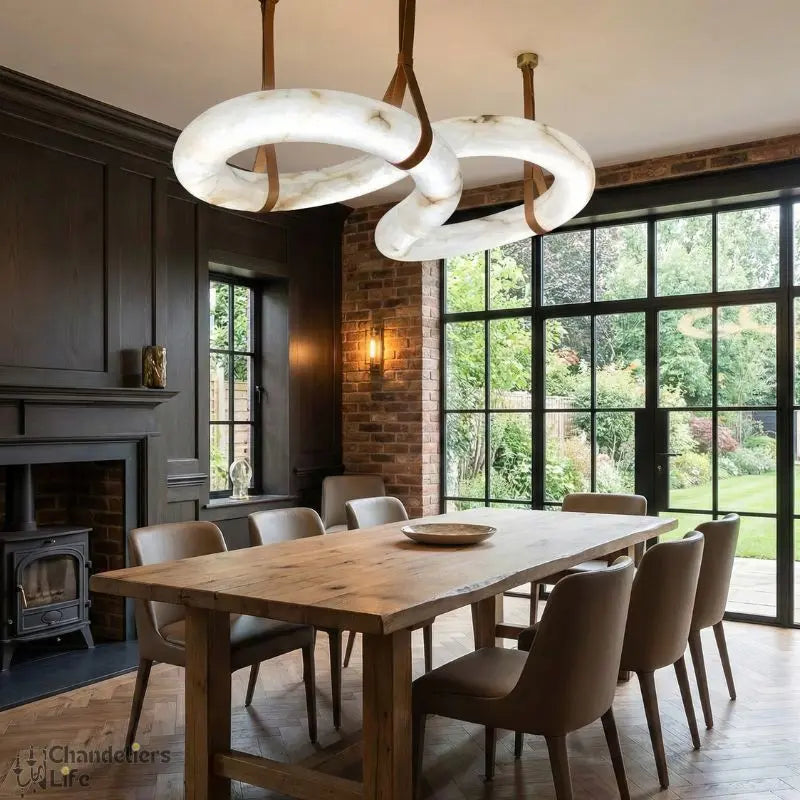



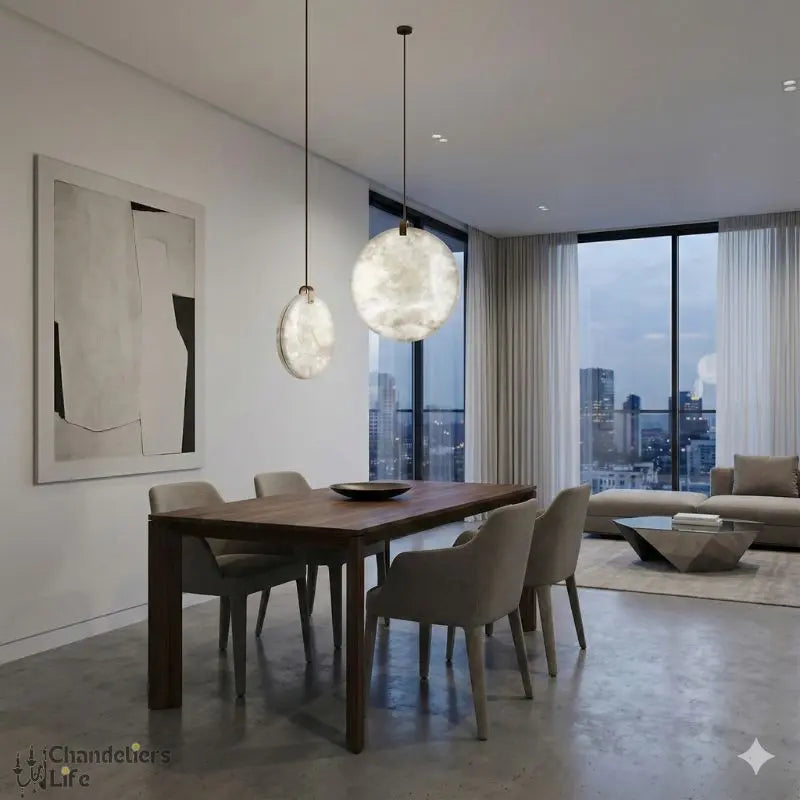















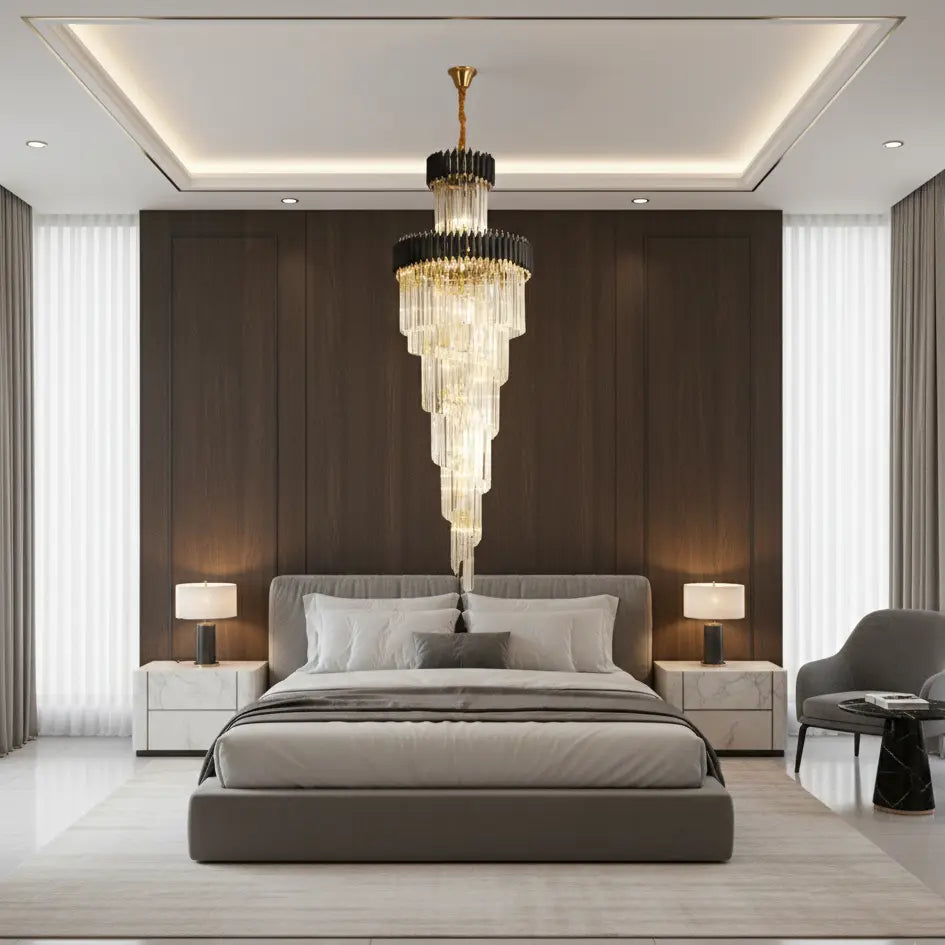
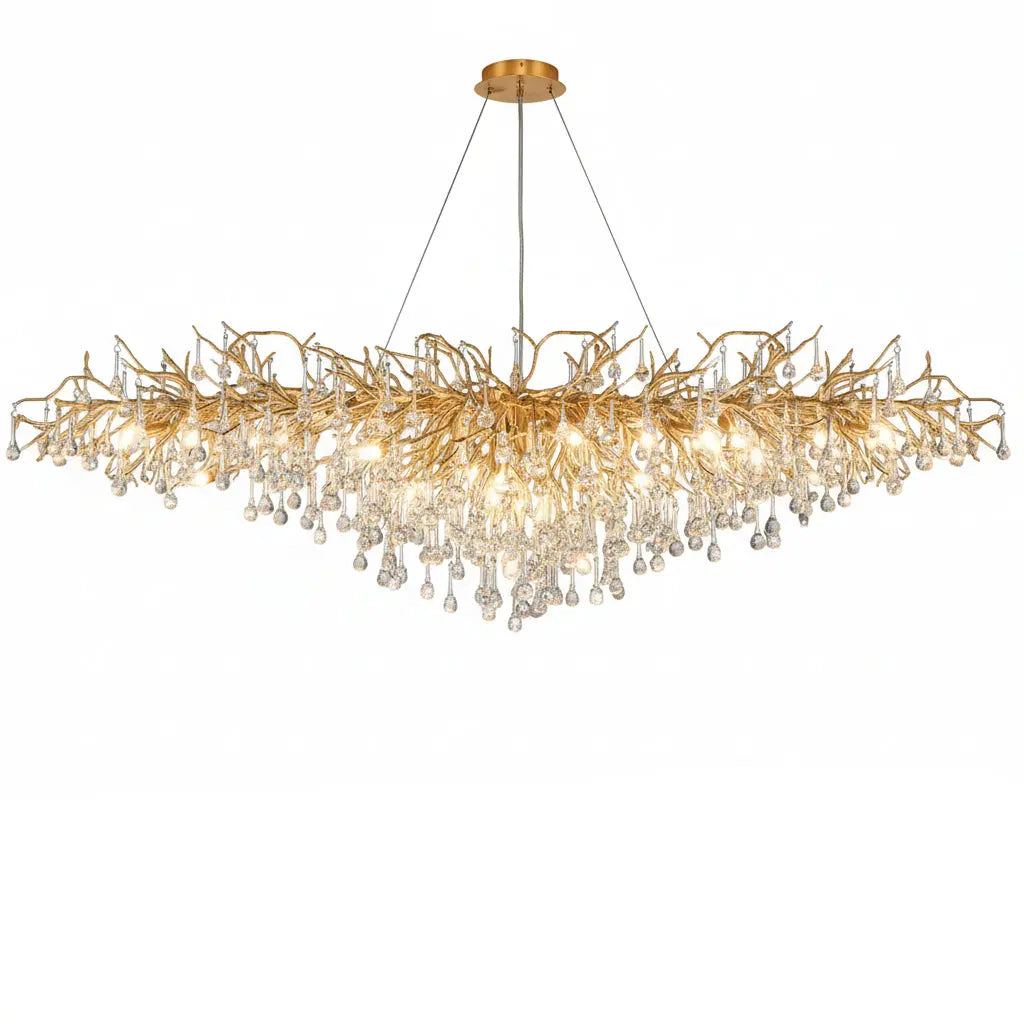








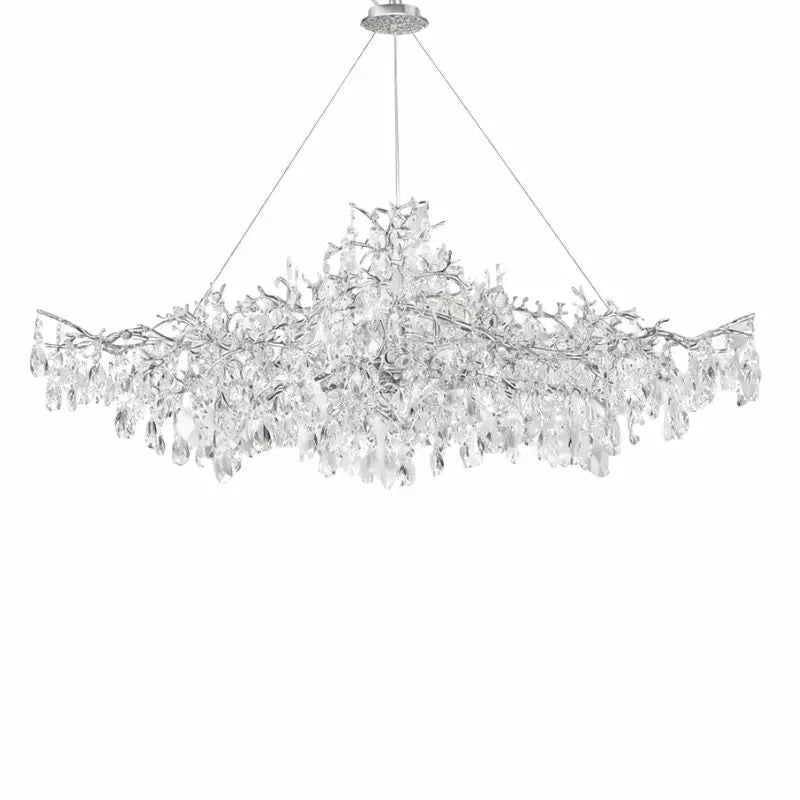




1 comment
MJ
super article sur le style industriel et tout ce qu’on peut faire de beau avec dans un intérieur.